
Often when you go for a custom fitting all the talk and time is spent on getting the right shaft flex and weight and the right lie angle but you could argue that the most important aspect, specifically how you build the right set of clubs for your ability level, is often glossed over or overlooked completely. With the help of stats from our data partner Shot Scope, here's how different abilities of golfer can build the ideal set of clubs for them.
Scratch Handicap
Scratch golfers are likely to be pretty set in terms of the clubs in their bag but one clubs they could certainly consider adding for more accuracy off the tee is a mini driver. PGA Tour average driving accuracy is 59% whereas a scratch golfer averages 50%. Being in the fairway is important because the stats tell us you’re far more likely to hit the green. From between 100-150 yards, a scratch golfer will hit the green 60% of the time from the fairway, 55% of the time from the rough and this drops to 26% if you’re in a fairway bunker.
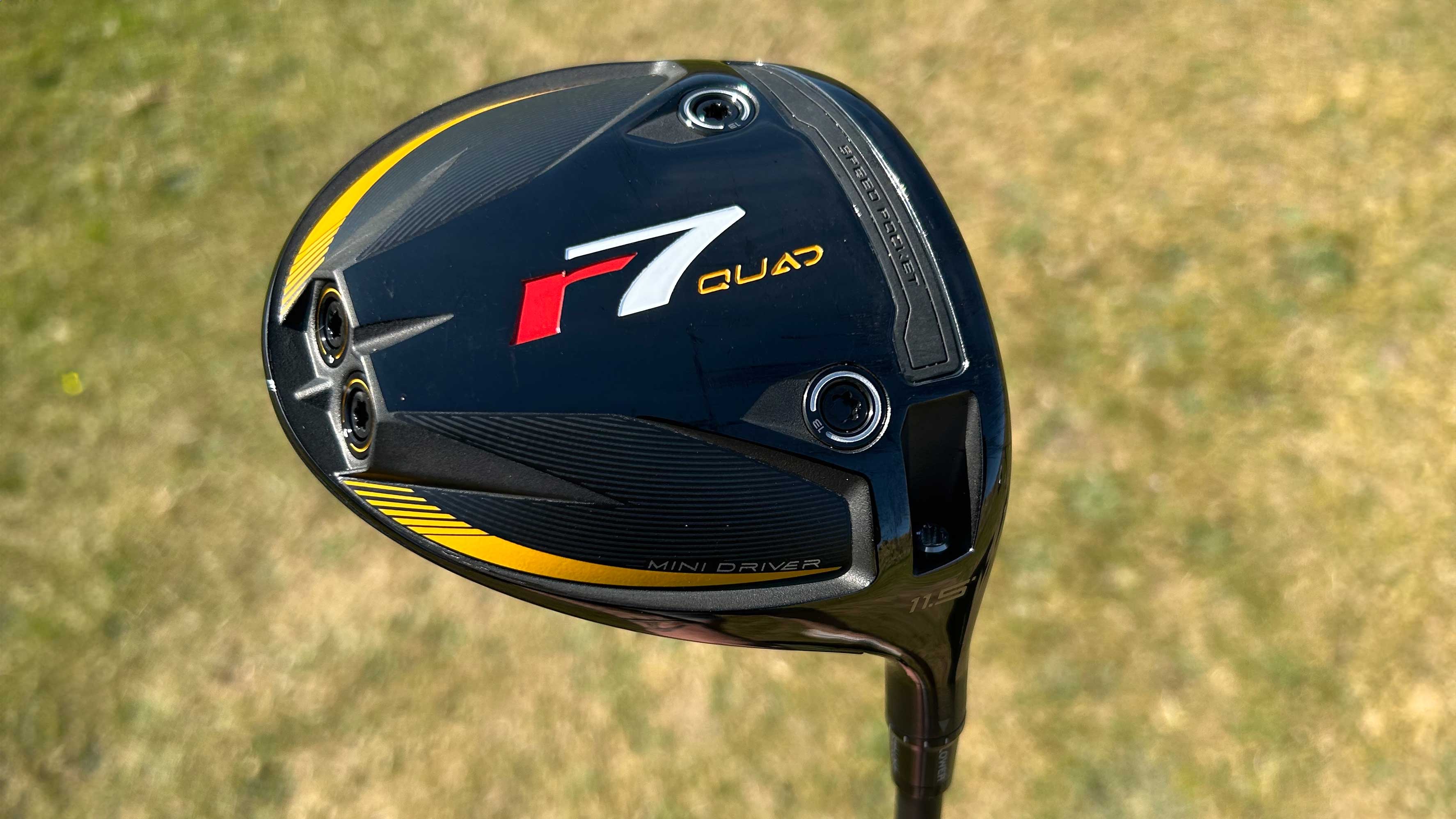
So to give your accuracy a boost without hurting your distance output too much, a mini driver could provide the solution. Mini drivers have a shorter shaft than a traditional driver, which in theory provides more control through more centered strikes. They're also surprisingly playable off the turf for those that need more power into long par fives and are more forgiving than a traditional 3-wood through size alone. The loft adjustability and in some cases moveable sole weights, like on the TaylorMade R7 Quad Mini, make them extremely versatile too.
5 handicap
A 5 handicapper is where more 3-irons typically come out of the bag to be replaced with a hybrid, with iron sets usually starting at a 4-iron. This is because the Shot Scope stats tell us that every ability of golfer hits more greens on average with a hybrid than they do a long iron equivalent (from 200 yards a 5 handicap hits 21% of greens with a hybrid and 17% with a long iron). Low handicap golfers still tend to keep a 4-iron in the bag because it provides them with something to keep the flight down when they need to and they are competent enough to get the required strike and therefore carry distance out of this club to not experience any distance bunching with the 4, 5 and 6 iron that some high handicappers experience.
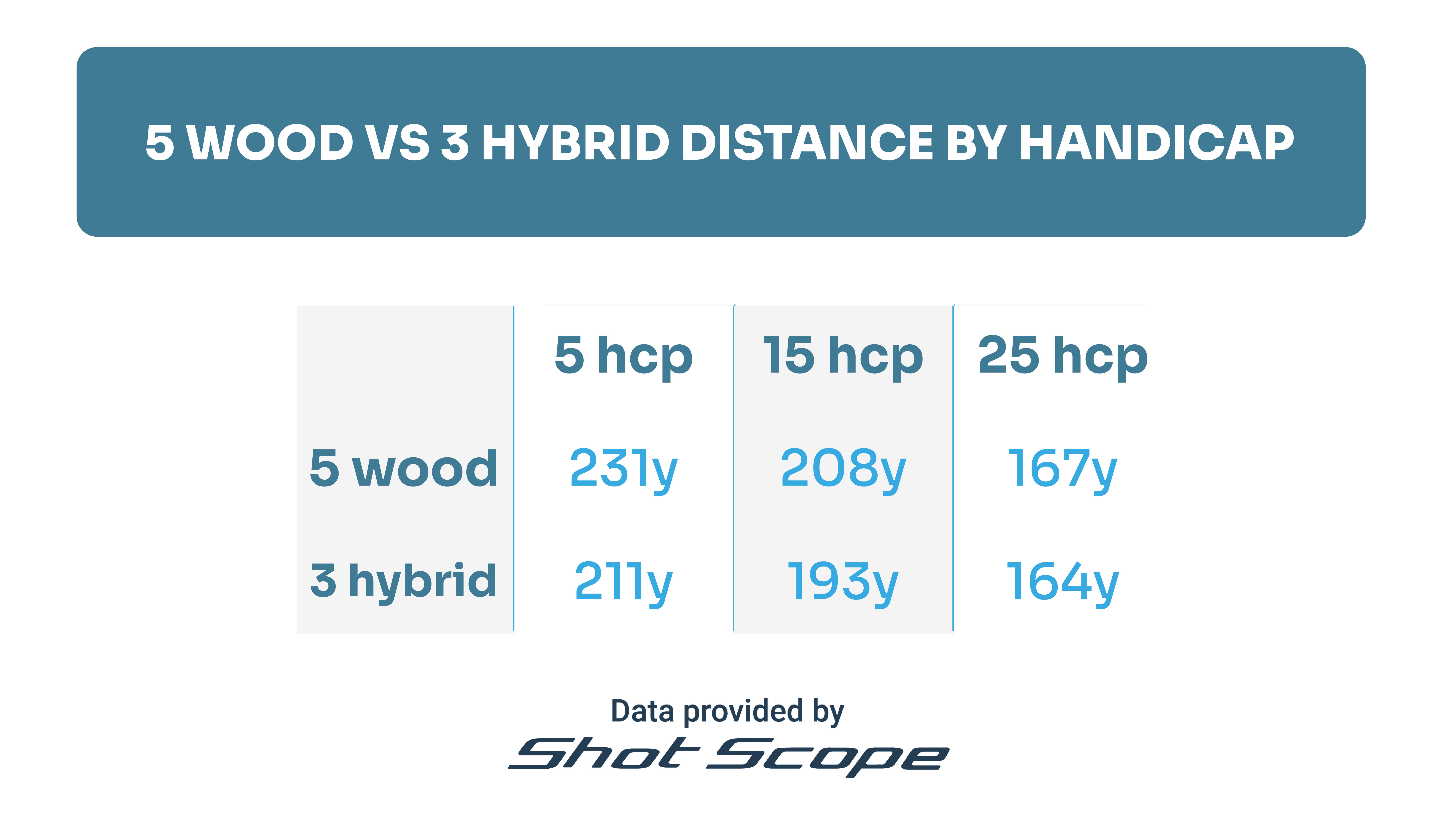
Another option the data tells us a low handicapper should consider is a 5-wood instead of a hybrid. The 5 wood generally has a slight advantage in distance over the 3 hybrid, which becomes more pronounced at lower handicaps. So for 5 handicaps, the gap over a 3-hybrid increases to 20 yards (231 vs 211 yards).
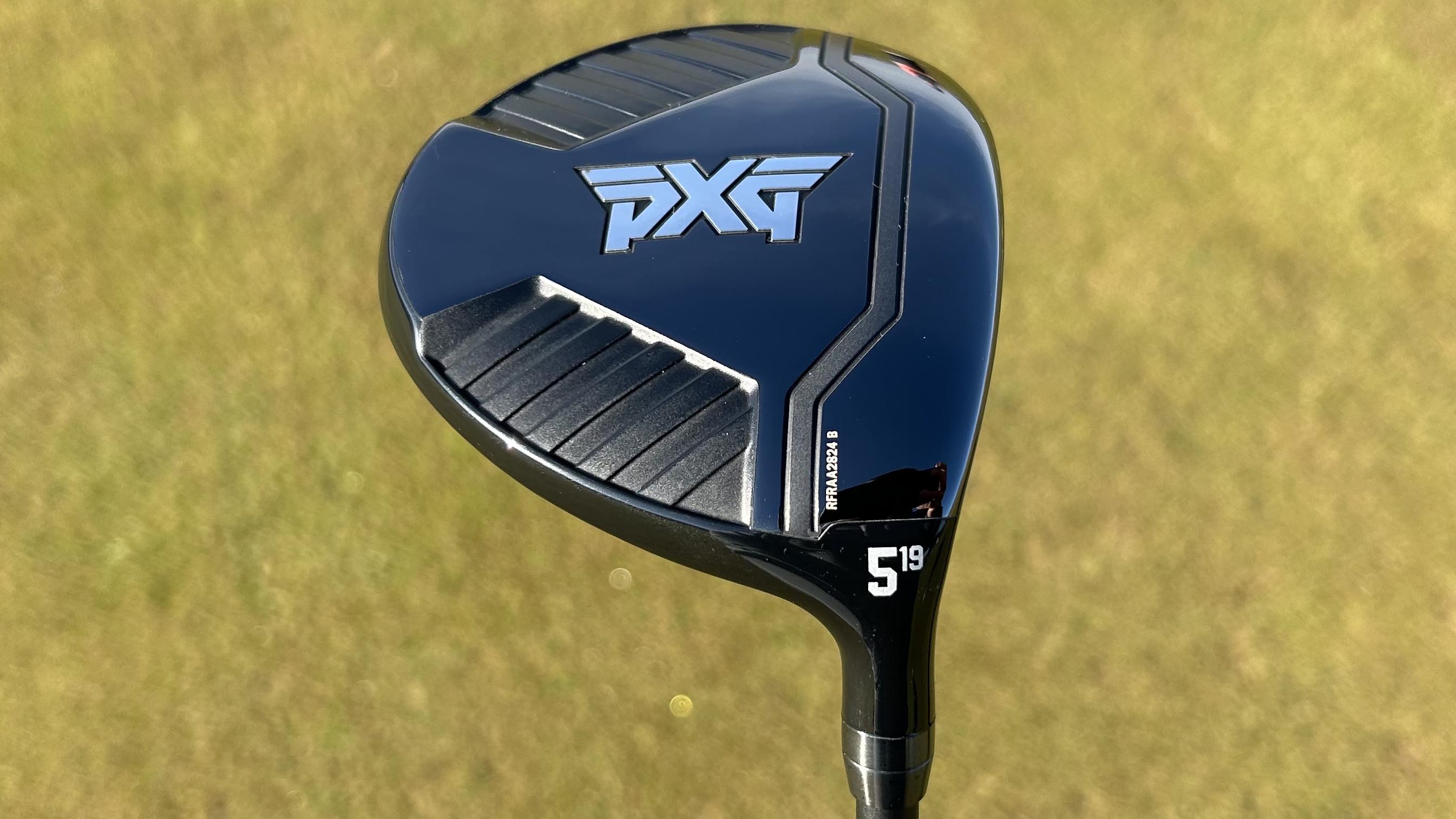
This suggests that the 5 wood offers more distance, especially for skilled players, making it a better choice for maximizing yardage. Obviously it’s not all about distance - you’ve got to consider gapping and ensuring you’ve got distances covered evenly but when you factor in the extra forgiveness a 5-wood provides over the best golf hybrids, it’s certainly well worth looking into at this tricky point in the bag.
10 handicap
For 10 handicaps, the 4 -iron is frequently swapped for a 4 hybrid with two hybrids often featuring before the irons begin. Not necessarily a distance issue but more a consistency issue. When you consider 10 handicap golfers come up short from 175-200 yards 49% of the time, clearly something that’s going to provide them with more speed, forgiveness and consistency is going to be a good thing in the long run.

15 handicap
For 15 handicaps we see a big drop off in distance with a 4-iron at this ability level - it goes from 201 yards (5 handicap), 199 yards (10 handicap) to 186 yards for a 15 handicap. So clearly a 4-iron is a golf club this ability really struggles with and as per the 10 handicapper above, a 4 hybrid should certainly be added.
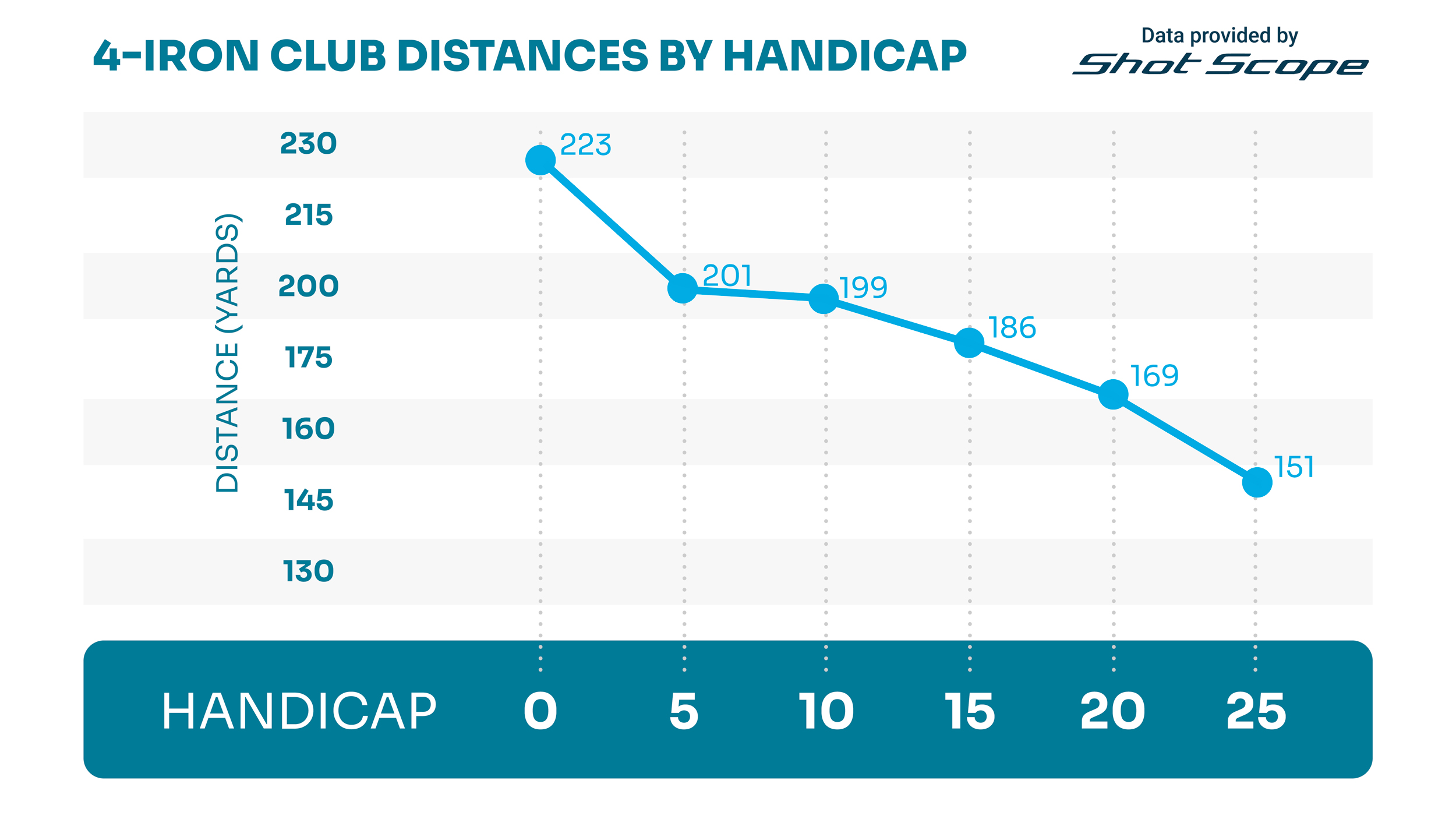
I think this is the ability level that would also really start to the see the benefit of a draw biased driver. The stats show that 15 handicaps miss the fairway 26% of the time to the right and only 23% of the time to the left, so adding something with more left bias should help level out this directional bias. With more draw (or less curve) 15 handicaps should also increase their distance potential, which is useful when you consider distance has a direct correlation to scoring and 15 handicappers are 23 yards shorter than a 10 handicap off the tee on average.
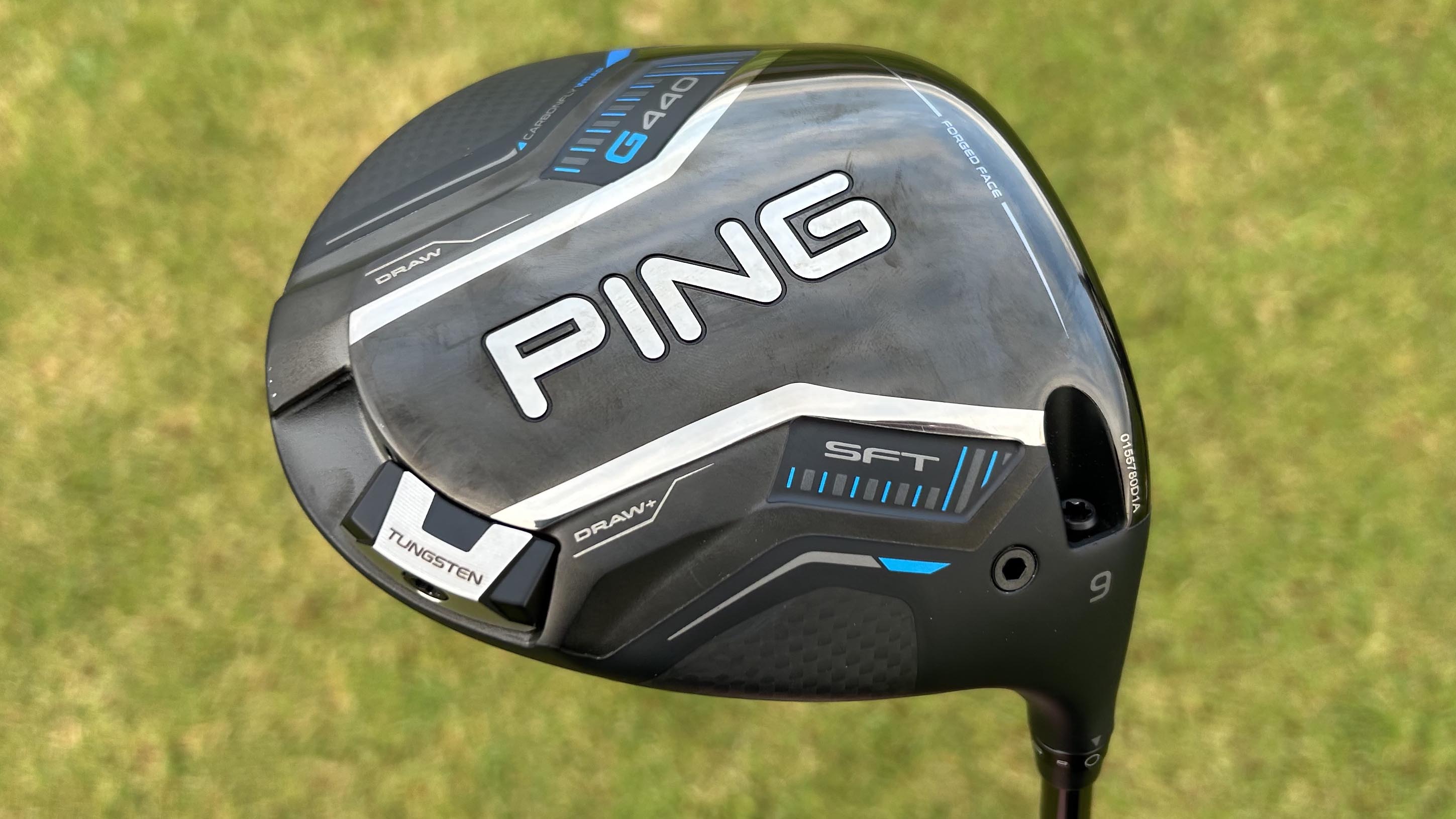
20 handicap
20 handicaps will (hopefully) be using more distance and forgiveness orientated clubs. 5 woods are becoming more popular over hybrids but they can also be added in addition to hybrids. Even higher lofted woods would be something to think about - perhaps a 7 wood or a 9-wood would give you better returns than having a lob wedge in the bag, for example. In fact looking at the Shot Scope data a 20 handicapper often drops the lob wedge altogether - which is no surprise given it only goes 59 yards on average and gets them up and down 18% of the time.
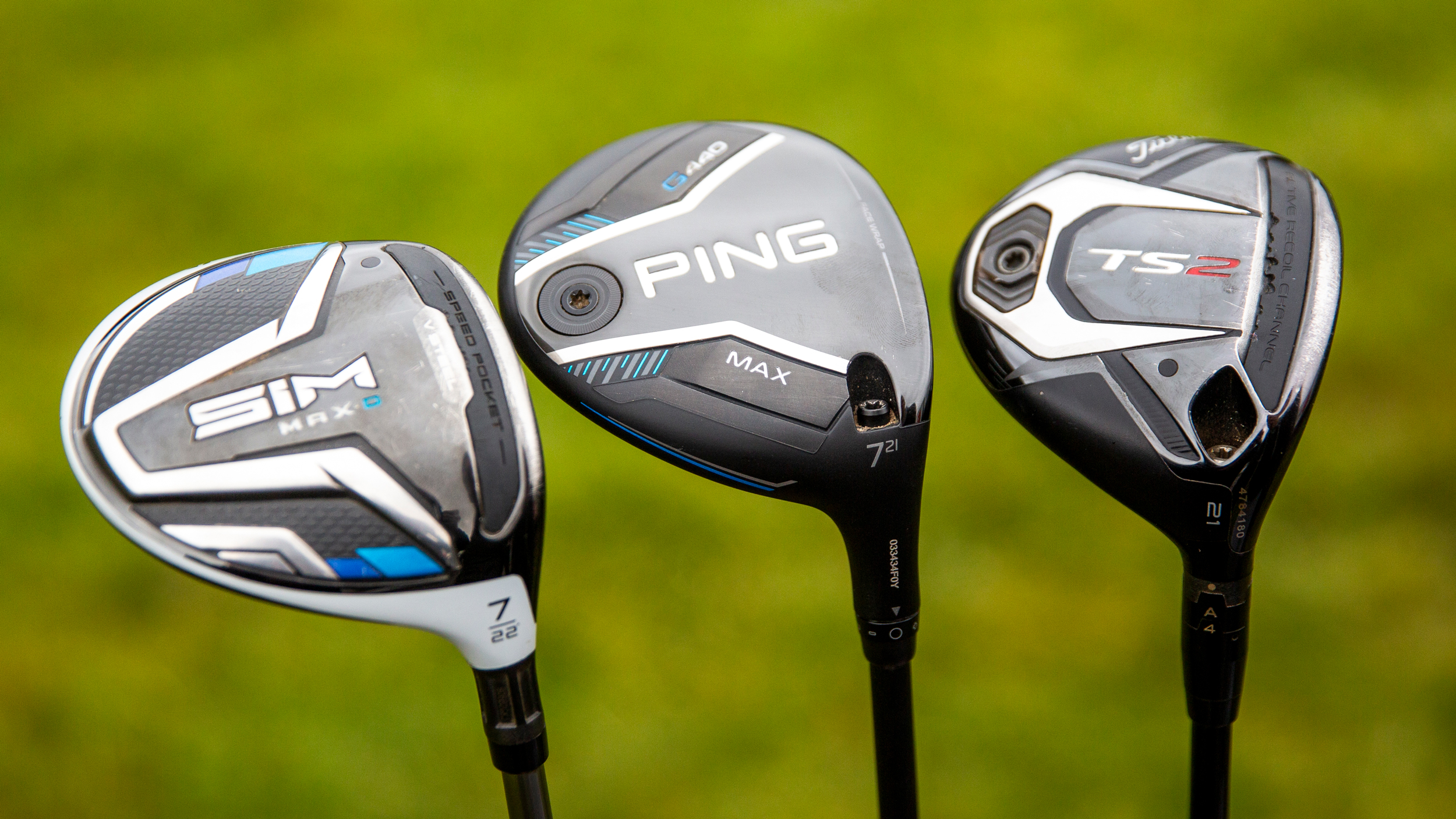
For 20 handicaps, short game creativity is less of a priority - typically their short game is fairly one dimensional, which mean they can afford to have a more basic set of wedges with more of a focus on forgiveness, which will also transfer over to full shots. This will also provide more options at the top end of the bag to get round the course.
25 handicap
Looking at the data, 25 handicappers would really benefit from adding a bunker or chipping specific club to boost their up and down stats. Ping do some highly functional options here with the BunkR and ChipR clubs that are worth trying. This is because the average up-and-down percentage is 25% or one in four times whereas a 15 handicapper gets up and down more than 1 in 3 times.
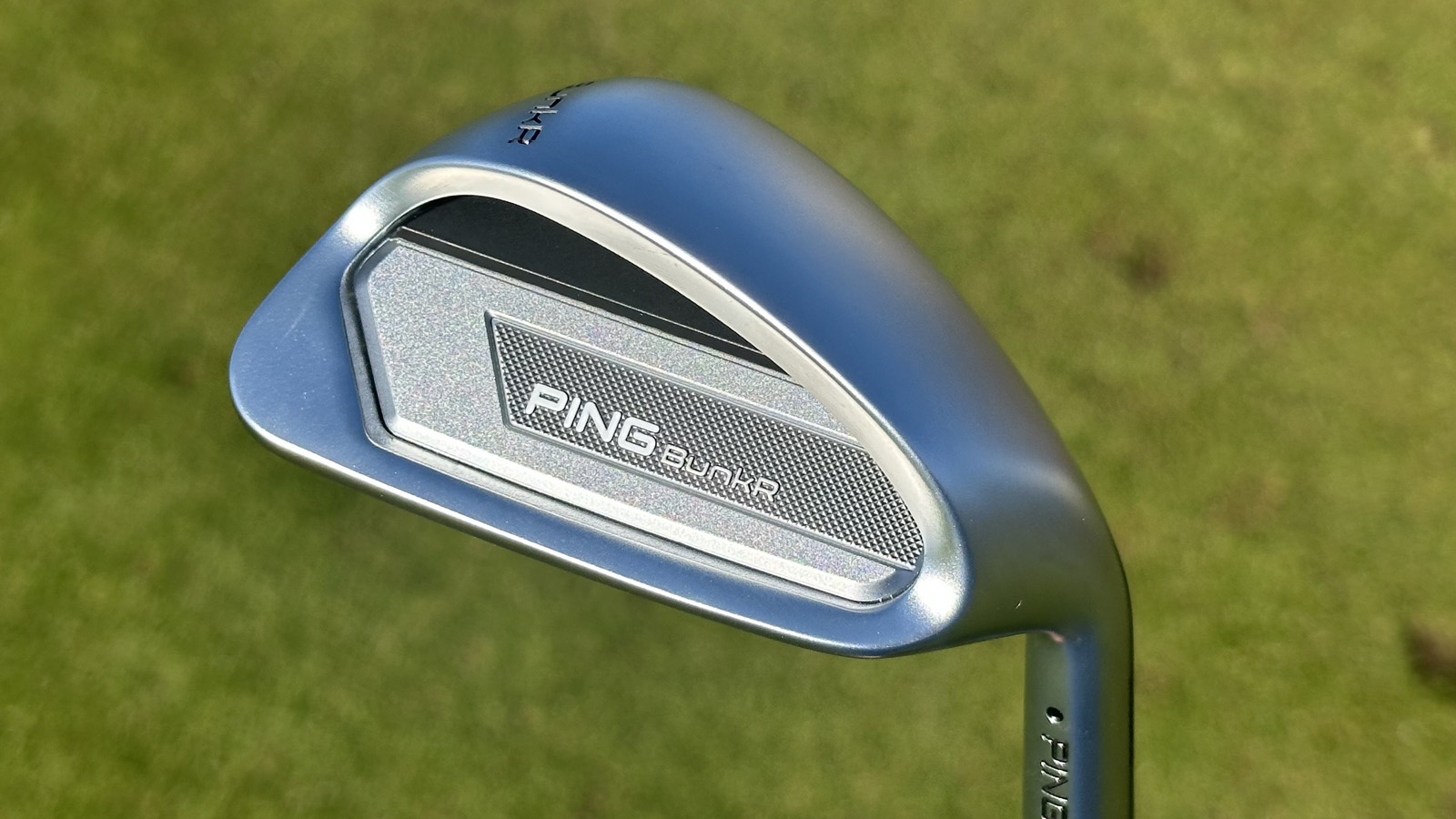
This gets much worse in the bunker where 25 handicappers also only get up and down from the sand 10% of the time. When you consider a 25 handicap has an average approach shot proximity of 211 feet, the chances are if there are bunkers by the green, the ball is going to find them. Some of this will be down to their ability to hole the putt at the other end, so perhaps switching into a more forgiving mallet putter with more alignment assistance would also be a good club to consider.







